This post may contain affiliate links. Please read our disclosure policy.
Craving classic beef stew but don’t want a huge pot of leftovers or a pile of dishes? This small, single serving, beef stew recipe is the perfect solution! Get all the rich, comforting flavors of traditional beef stew – tender chunks of beef, hearty vegetables, and a savory broth – all made in just one pot. It’s the perfect way to enjoy a cozy meal without the hassle.
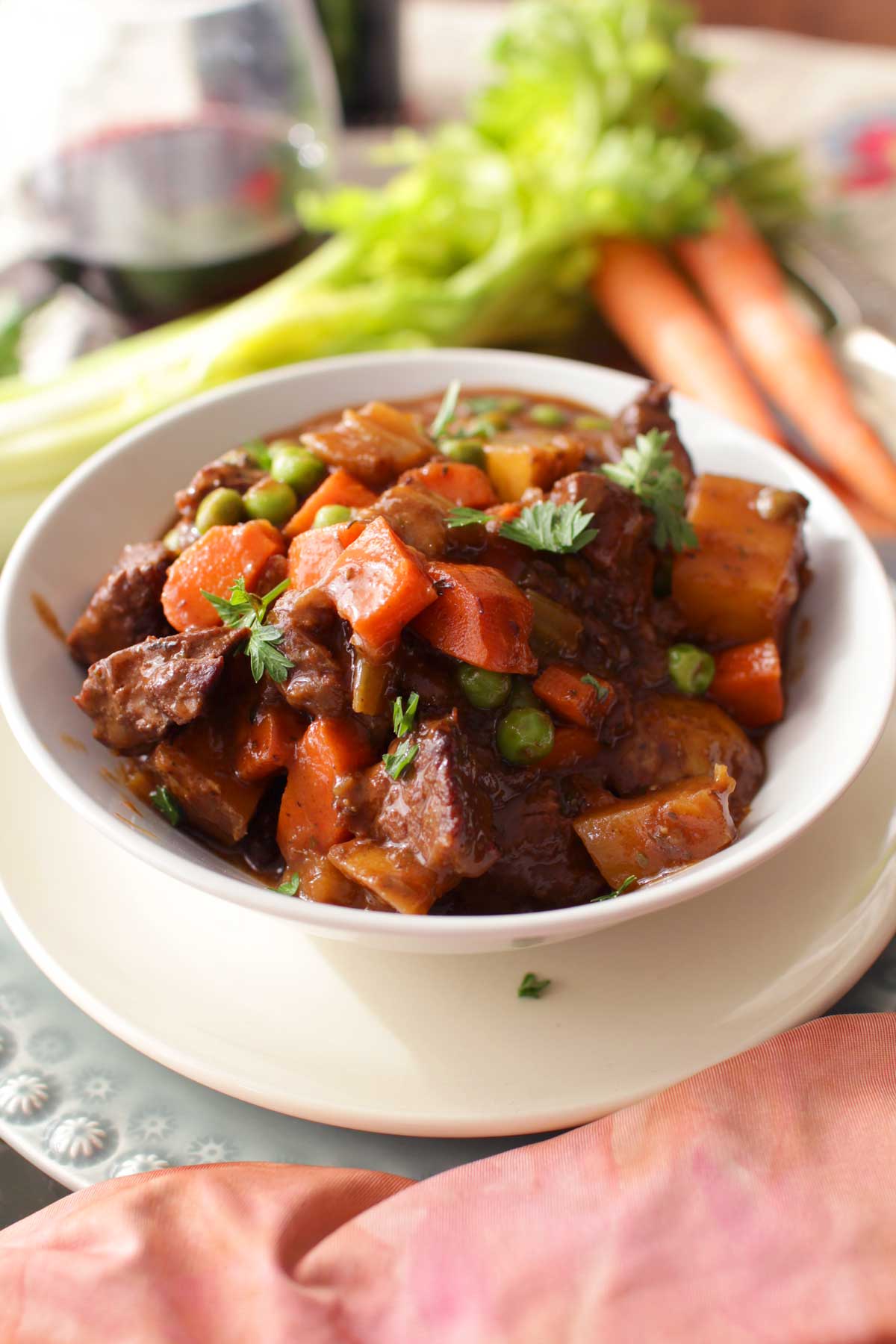
Searching for more single serving ideas featuring chuck roast? Try our savory Slow Cooker Pot Roast or our flavorful Slow Cooker Ropa Vieja. Pair either with a slice of freshly-baked French bread for a delightful meal.
Why You’ll Love This Beef Stew Recipe
- Simple: This beef stew is incredibly easy to make.
- Flexible: Switch out spices or veggies based on what you have.
- Rich Flavor: Tender beef and veggies absorb a full-bodied broth.
- Perfectly Portioned: This recipe is tailored for one, avoiding food waste.
- Doubles Easily: Need more? The recipe scales up effortlessly.
RELATED: Comfort Food Recipes For One
Ingredients
This section provides a quick rundown of the ingredients used in this easy Beef Stew recipe. For complete measurements and step-by-step instructions, please scroll to the recipe card located at the bottom of this post.
- Oil for Searing: Choose between canola, vegetable, or avocado oil for the meat-searing step. Each option ensures a good sear.
- Beef Chuck Roast: Opt for small, bite-sized cubes of chuck roast for tender meat. Alternatives include top round, rump roast, chuck shoulder, or eye round roast. To cube easily, slice the roast into strips and then into cubes. Remove any large fat pieces first. If you’ve got extra beef, consider using to to make a Pot Roast.
- Seasonings: The trio of salt, black pepper, and dried thyme delivers a balanced flavor profile. They’re staples in seasoning this dish.
- Vegetable Medley: A mix of chopped onions, celery, garlic, a carrot, a small gold potato, and peas create a hearty vegetable base. Most of these vegetables can also be found in our Creamy Vegetable Soup, Chunky Vegetable Soup, and Chicken Stew. Feel free to get creative and use the vegetables you have on hand.
- Tomato Paste: Leftover tomato paste can be frozen in ice cube trays. Once frozen, store the cubes in a zip-top bag in the freezer for future use. You can also use any leftover tomato paste in Lasagna Soup, Tuscan Chicken, and Baked Black Bean Tacos.
- Worcestershire Sauce: A dash elevates the overall flavor, adding a complex tanginess to the stew.
- Flour for Thickness: All-purpose flour helps achieve a thicker consistency. However, gold potatoes may release enough starch to thicken the broth. For a gluten-free option, use 1/2 tablespoon of cornstarch as a substitute.
- Red Wine: This optional ingredient enriches the stew’s flavor. No wine? Use chicken or vegetable broth, red or white wine vinegar, or lemon juice as substitutes.
- Chicken Broth: I opt for chicken broth over beef to avoid the tinny flavor found in some beef broth brands. Chicken broth or stock is a reliable alternative that delivers consistently good results. Use leftover chicken broth in Spanish Rice and Smothered Pork Chops.
If you have any ingredients leftover from this simple beef stew recipe, check out our Leftover Ingredients Recipe Finder.
Recipe Variations
Beef stew is a pretty forgiving dish, offering room for creativity and personalization. Here are some twists you can try to make the recipe uniquely yours:
- Lamb Stew: Craving something other than beef? Substitute it with lamb for a richer, more luxurious stew.
- More Veggies, Please: If you’re looking to up your veggie intake, feel free to toss in some additional vegetables like mushrooms or bell peppers for added texture and flavor.
- Gluten-Free Beef Stew: Swap out the all-purpose flour with a gluten-free thickening agent like cornstarch, making sure to adjust the quantities as needed.
- Herb-Infused: If dried thyme isn’t in your pantry, no worries! You can easily replace it with dried basil, rosemary, or a sprinkle of herbes de Provence to add a distinct aroma to your stew.
- Spicy Beef Stew: If you like a little heat in your stew, add a dash of cayenne pepper or a dollop of spicy Sriracha for that extra kick.
So go ahead and make the beef stew your own, because that’s the beauty of home cooking—you have the freedom to tailor it to your personal preferences!
How To Make Beef Stew
See the recipe box below for ingredient amounts and full recipe instructions.
- Heat 1 tablespoon of oil in a 2-quart saucepan over medium-high heat. Season beef with salt and pepper and brown on all sides, about 6 minutes. Remove the beef from the pot and place on a plate.
- If no oil is left in the pot, add an additional ½ tablespoon of oil and stir in the chopped onions and celery. Cook, stirring occasionally until the onions are translucent, about 2 minutes.
- Add the garlic and cook, stirring occasionally for 30 seconds. As you might imagine, the aroma coming from your kitchen will be incredible.
- Add the tomato paste and Worcestershire sauce and cook, stirring constantly for 30 seconds.
- Sprinkle the flour over the vegetables. Stir until the there is no visible flour and the vegetables look slightly mushy from the flour coating, 1 minute.
- Pour in the wine and dried thyme. Stir until the wine has reduced and has slightly thickened.
- Add the broth and return the beef to the pot. Bring to a boil, then reduce the heat to low, cover the pot and simmer for 25 minutes. Stir occasionally and make sure the stew stays at a very low simmer.
- Add the gold potatoes, carrots, and peas to the stew. Cover the pot again and cook on low heat for another 25 minutes. When done, the meat should be tender and flake apart easily and the potatoes should be cooked through. If not, cover the pot again and cook in 10-minute increments until cooked.
Expert Tips
- Choose Chicken Broth for Unique Flavor: While beef broth is the traditional choice, I personally prefer using chicken broth in my beef stew. Many store-bought beef broths can introduce a metallic taste to the stew, which is why chicken broth can be a great alternative.
- Flexible Wine Substitutions: If you’re out of red wine or prefer a non-alcoholic option, you can easily swap it for additional broth, red or white wine vinegar, or even water without compromising on taste.
- Affordable Meat Choices: The recipe starts with 5 ounces of beef chuck roast, but don’t feel tied to that specific cut. Budget-friendly options like bottom round, top round, eye round, or shoulder roast work well too.
- Sear Before Slow-Cooking: For the most flavorful outcome, always sear your meat before letting it simmer with the rest of the ingredients. This extra step locks in the meat’s natural flavors, elevating your stew to new heights.
Serving Suggestions
When it comes to enjoying your single serving beef stew, the sky’s the limit! But some dishes really elevate the experience. Here are a few ideas that are the culinary equivalent of a standing ovation for your stew:
- Mashed Potatoes: What better way to soak up that delicious, rich stew gravy than with a dollop of creamy mashed potatoes? Opt for a garlic-infused mash for an added layer of flavor.
- Baked Rice: Consider serving your beef stew over a bed of fluffy baked rice. It’s a simple yet effective way to make your meal more filling and adds a comforting, homey touch.
- French Bread: A slice of warm, crusty bread is perfect for sopping up those last bits of stew in the bowl. Whether it’s a French baguette or a slice of sourdough, it’s hard to go wrong here.
- Rosemary Garlic Buttermilk Biscuits: Buttery, flaky garlic biscuits can serve as a wonderful side, giving you the option to either dip them into the stew or even spoon the stew over the biscuits like a sort of open-faced sandwich.
Frequently Asked Questions
Begin by heating a pan over medium-high heat. Once hot, add your beef chunks. Let them cook undisturbed for about 4-5 minutes until a dark crust forms on the bottom. Then, flip the pieces and brown the other sides.
For this small-batch beef stew, a 2-quart saucepan is perfect. Any pot with similar dimensions will yield optimal results. Check out our FAQ page for more details on recommended cooking and baking dishes.
Absolutely, lamb is an excellent alternative and will work wonderfully in this stew recipe.
Store any leftover beef stew in an airtight container and refrigerate. It will stay fresh for up to 4 days.
RELATED: The Best Soup Recipes For One
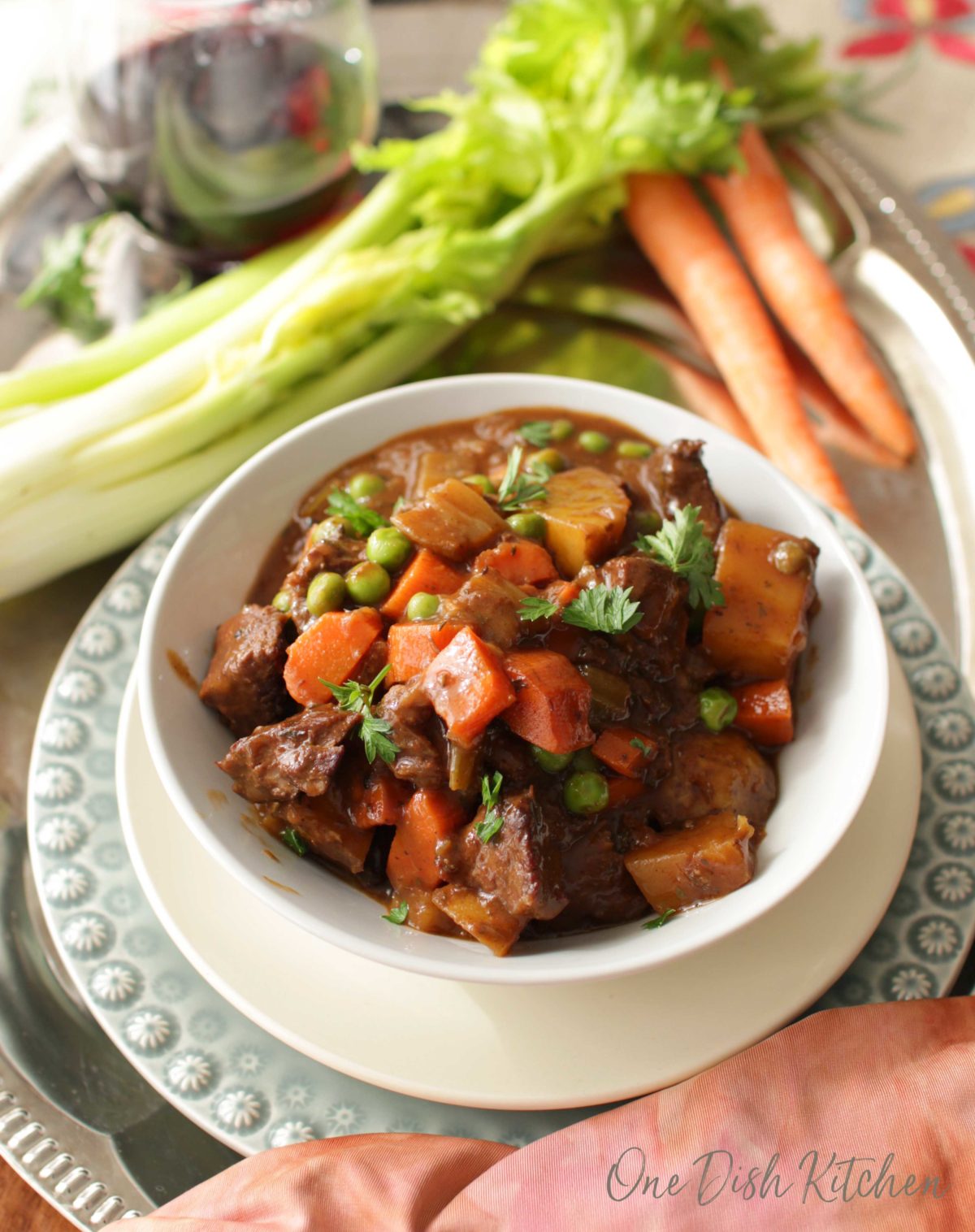
Ways To Use Leftover Ingredients
If you have any ingredients leftover from this recipe, check out our Leftover Ingredients Recipe Finder or you might like to consider using them in any of these single serving and small batch recipes:
RELATED: 15 Easy Single Serving Dessert Recipes
If you’ve tried this small batch beef stew or any recipe on One Dish Kitchen please let me know how you liked it by rating the recipe and telling me about it in the comment section below.
Also, if you take a picture please tag us on Instagram (@onedishkitchen) we’d love to see it!
Beef Stew For One
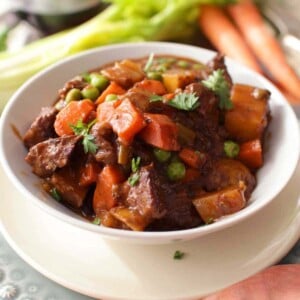
Equipment
Ingredients
- 1 tablespoon vegetable oil , divided
- 5 ounces beef chuck roast , cut into 1-inch cubes
- ¼ teaspoon kosher salt
- ⅛ teaspoon coarsely ground black pepper
- ½ cup chopped onion
- 1 medium celery stalk , chopped
- 1 clove garlic , minced
- ½ tablespoon tomato paste
- 1 teaspoon Worcestershire sauce
- 1 tablespoon all-purpose flour
- ¼ cup dry red wine
- ½ teaspoon dried thyme
- 1 cup low sodium chicken broth
- 1 small gold potato , scrubbed and cubed
- 1 small carrot , peeled and cut into 1/2-inch slices
- ¼ cup frozen peas
Instructions
- Heat 1 tablespoon of oil in a 2-quart saucepan over medium-high heat. Season beef with the salt and pepper and brown on all sides, about 6 minutes. Remove the beef from the pot and place on a plate.
- If no oil is left in the pot, add an additional ½ tablespoon of oil and stir in the chopped onions and celery. Cook, stirring occasionally until the onions are translucent, about 2 minutes.
- Add the garlic and cook, stirring occasionally for 30 seconds.
- Add the tomato paste and Worcestershire sauce and cook, stirring constantly for 30 seconds.
- Sprinkle the flour over the vegetables. Stir until the there is no visible flour and the vegetables look slightly mushy from the flour coating, 1 minute.
- Pour in the red wine and dried thyme. Stir until the wine has reduced and thickens slightly.
- Add the broth and return the beef to the pot. Bring to a boil, then reduce the heat to low, cover the pot and simmer for 25 minutes. Stir occasionally and make sure the stew stays at a very low simmer.
- Add the potatoes, carrots, and peas to the stew. Cover the pot again and continue cooking on low heat for another 25 minutes. When done, the meat should be tender and flake apart easily and the potatoes cooked through. If not, cover the pot again and cook in additional 10 minute increments until cooked.
- Taste and add extra salt if necessary.
- Pour into a bowl and enjoy hot.
Notes
- Opt for Chicken Broth for Unique Flavor:
While beef broth is the traditional choice, I personally prefer using chicken broth in my beef stew. Many store-bought beef broths can introduce a metallic taste to the stew, which is why chicken broth can be a great alternative. - Flexible Wine Substitutions:
If you’re out of red wine or prefer a non-alcoholic option, you can easily swap it for additional broth, red or white wine vinegar, or even water without compromising on taste. - Affordable Meat Choices:
The recipe starts with 5 ounces of beef chuck roast, but don’t feel tied to that specific cut. Budget-friendly options like bottom round, top round, eye round, or shoulder roast work well too. - Sear Before Slow-Cooking:
For the most flavorful outcome, always sear your meat before letting it simmer with the rest of the ingredients. This extra step locks in the meat’s natural flavors, elevating your stew to new heights.
Nutrition
The information shown is an estimate provided by an online nutrition calculator. It should not be considered a substitute for a professional nutritionist’s advice.
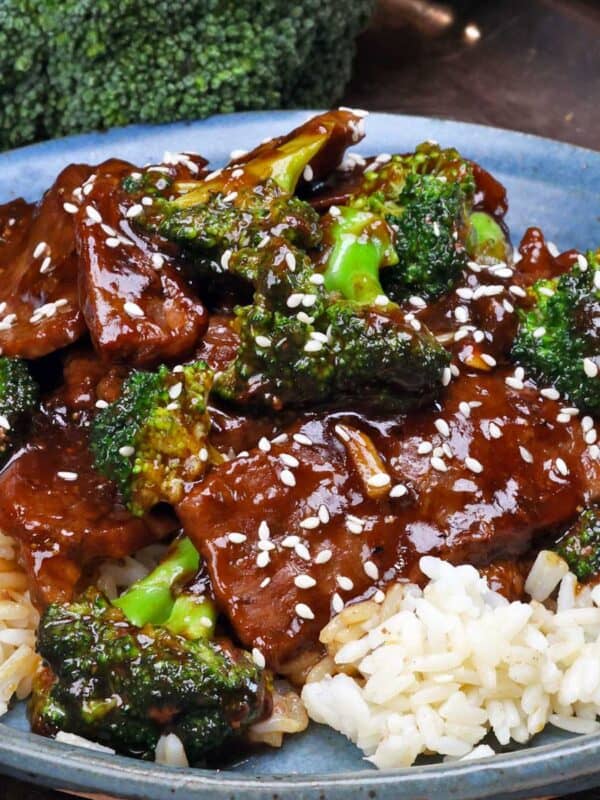
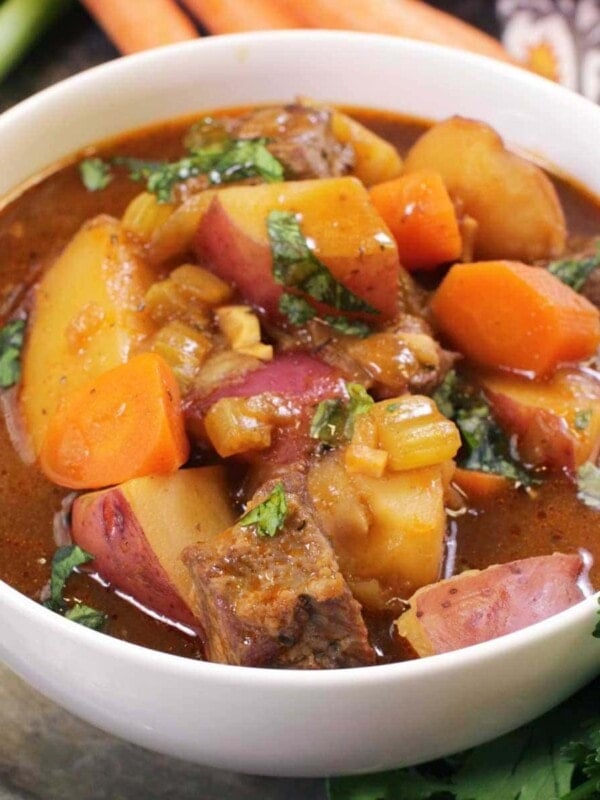
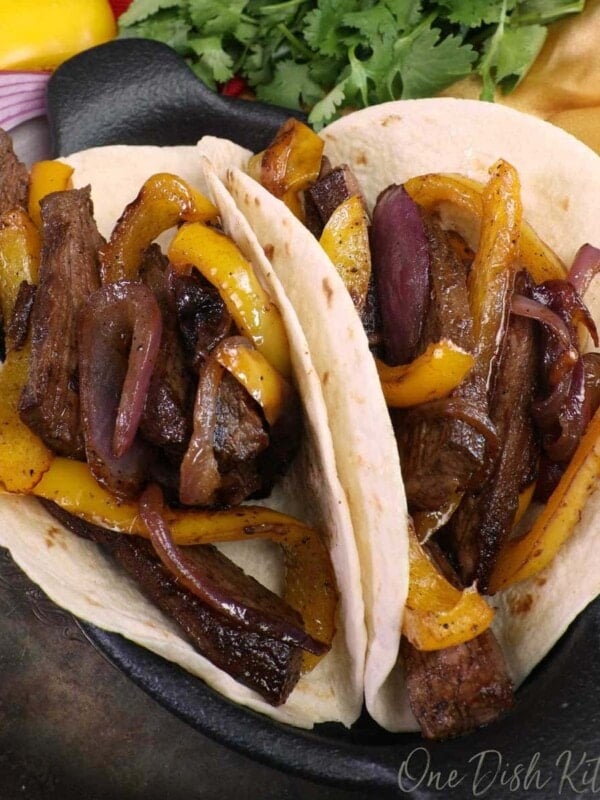
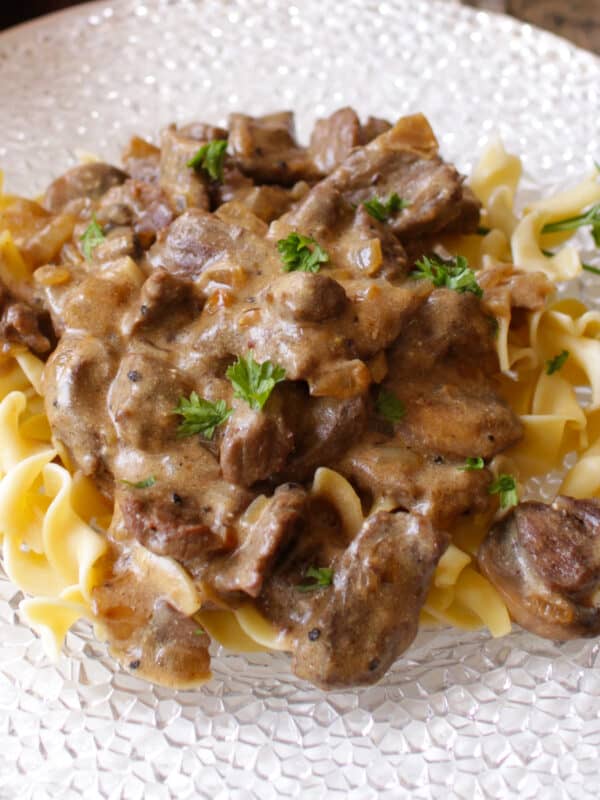
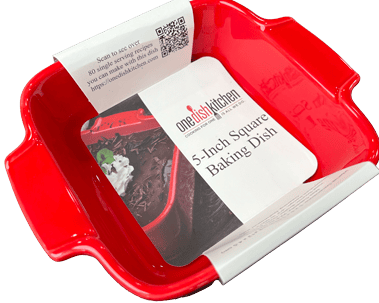









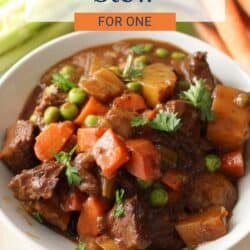
OH my gosh … I made this tonight exactly as written. It was absolutely delicious. I doubled the recipe in my small dutch oven to have some for leftovers. I used cabernet sauvignon in the pot and in a glass!! Another excellent recipe! Thanks Joanie!
This is a great stew recipe. I just picked up some beef neck bones and I’m going to make the stew with the neck bones next week. Any helpful ideas?
I made this stew and I was very impressed with the “glaze” . Following steps 5-7 was a game changer for me from other recipes I have tried. Followed all steps as explained plus floured and cooked slowly the meat in the beginning. This recipe is a keeper! Thanks Joanie
I’m so happy to hear you loved the stew! Taking the time to follow those steps really adds so much flavor. Thanks for giving it a try, and I’m thrilled this recipe is a keeper for you! 😊
First time I ever used peas in stew. It was delicious!
I followed the recipe and I think it turned out just fine but got confused. At one point the recipe says to add the potatoes, carrots and peas. Which I did. But at the end of the recipe it says to stir in the peas. So which is correct? I added them in the earlier instruction and it seemed to work. Just need to clarify the instructions in your recipe. Thanks!
You’re correct; adding the peas with the potatoes and carrots is the intended step. However, if you choose to add them at the end, that works too, as they don’t need much cooking time. I’ve updated the recipe to clarify this and to offer both options. Appreciate your feedback!
Surprisingly delicious! I find beef stews to be boring, but this one had me scraping the bowl and the pan and licking the spatula. All I did was follow the recipe. Cabernet Sauvignon from a previously opened airline bottle, Better than Bouillon for the chicken stock, and even peas from a can all worked great. The stew fit in a nifty (and adorable) 1-qt cast iron dutch oven, so I skipped the bigger saucepan. The beef was tender, the flavor and aroma delightful. ODK recipes are so often just better than everyone’s, like this one. This recipe will get made again and again.
Delicious! The only thing I did different was to add 2 extra cloves of crushed garlic for flavor because I cannot use salt. Thank you for a great recipe.
I enjoyed this recipe it was easy to pare down for one person. I use beer instead of broth. It gives it a richer flavor. This time I used Tecate, but any beer will do. If you want a richer flavor, use a beer that is a bit thicker.
First recipe I didn’t care for. Substituted broth in place of wine. I found the liquid to be too much and flavorless. I removed the beef, boiled the sauce and thickened it with cornstarch and flavored it with garlic powder and a splash of apple cider vinegar. Was still very bland to me. Also, I would NOT suggest Angus beef chuck stew meat. That was my fault.It was too lean. It’s the lack of flavor that was my concern.
Onto another One Dish Kitchen recipe that I’m sure will be good as usual.
I’m sorry you didn’t care for the recipe. It has been tested using the ingredients listed in the recipe, making substitutions will change the taste of the dish. Broths are all different – some are low-sodium, some have no sodium, and some have no herbs and spices added for flavor. Perhaps this was the reason you thought the broth was bland. As with any recipe, we suggest tasting and adding any additional seasonings or salt to suit your tastes. If there was too much liquid, perhaps you didn’t cook it long enough. The slow simmering reduces the broth.
OMG one of the best tasting stews I have had in a long time – with the exception of the celery which I did not use and used gravy beef as my cut of meat I made as per recipe up to returning the meat to the pot (I used a 4 litre enameled cast iron pot) and then I added the potatoes and the carrots and put in a 160C degree fan forced oven for 1 1/2 hours and the meat was mouth fall apart tender and the gravy rich and silky – make sure you have some good bread to mop up that gravy. Thank you Joanie for a great dinner.
Sorry forgot to rate the stew. It gets 4 stars from me!